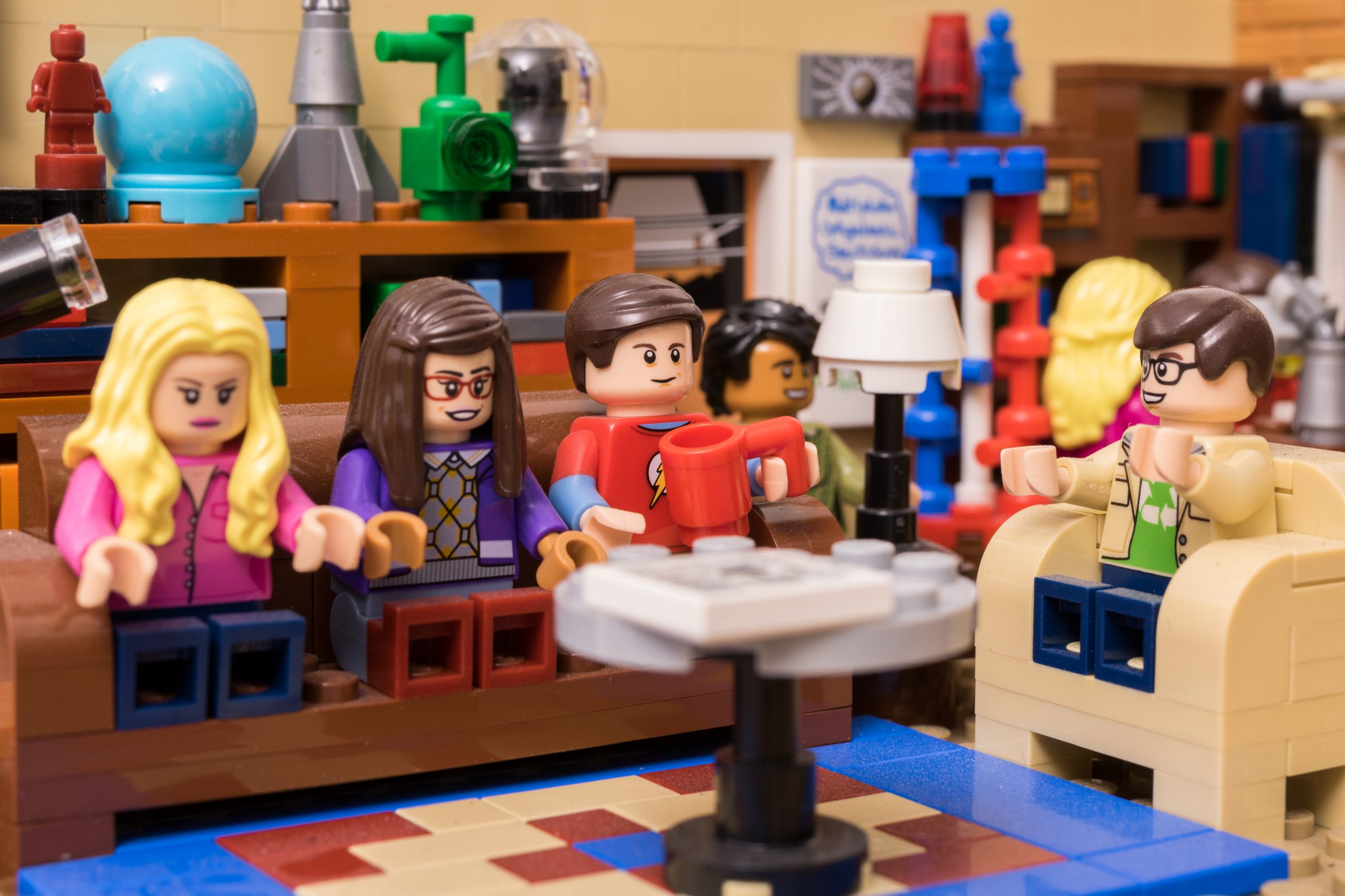So you’ve considered the arguments for in-housing, outsourcing and offshoring, and decided that the in-house model is right for your company. But even if the process of finding, hiring and maintaining the talent is behind you, the work isn’t done yet.
To make such a big change work over the longer term, an IHA has to deliver across some metrics that can’t easily be measured in the numbers. How do you quantify if the creative work being delivered is up to scratch? Do you have the right skill set across the team to produce brand messaging that fits with your organisation’s values? There’s still a lot to think about.
There are some key areas to get right if the in-house agency (IHA) model is going to work for you:
Create effectiveness
Just as with an external agency, your IHA will produce more effective work if they really know their audience. This may seem like Marketing 101, but that doesn’t make it any less true, or important.
Leverage the value in market research, collaboration with other customer-facing departments, surveys, a keen eye on social media, and data analysis – if you don’t know your customers’ preferences, buying habits and influences, you can’t communicate with them. And you certainly can’t place them at the centre of your marketing efforts which, in a world where tracking cookies will soon be a thing of the past, will have to be done much more actively in future.
Storytelling
With the hard sell increasingly ineffective, audience engagement is now much more about good storytelling than persuasive advertisements. Modern audiences engage better, and feel more connected, to stories than to brands that sell to them. Research has shown that the response to narrative stories is much more positive, as the persuasion is emotional rather than argumentative.
Making the most of positive engagement with your story can also play an important role in your IHA’s efforts to get to know their customers, as storytelling is much more of a two-way street, with longer and more interactive engagement, than advertising.
Produce content at scale to see what works
Effective content at scale isn’t simple, but when it’s done well, it’s effectiveness is undeniable. The aim here should be to build brand awareness across a range of social media, particularly in B2B where 82% of marketers use those platforms to boost brand awareness.
To see what is working, leverage the tools available to you. Make the most of web analytics/dashboards, social media analytics, CRM and CMS systems and again, make sure your departments are talking to each other.
Different platforms for different needs
A brand message on TikTok cannot look the same as it does on LinkedIn. Careful research to understand the demographics of social media platforms will show you who’s using them, where they’re located and what they’re interested in.
Make sure that brand messaging is tailored not just to the audience, but to the platform itself, if it’s to be fit for purpose. Your IHA needs that information to produce content effectively. Which brings us to briefs.
Getting the message right in the brief
A string of unconnected, disparate briefs will produce content that reflects those characteristics. Creative briefs should follow your brand narrative, building on the existing ideas and brand identity to tell a story that evolves and grows over time.
Be part of the conversation
To tell your brand’s story, and keep it relevant, your IHA should be producing content in real time. ‘The future is real time’ virtual event demonstrated the need to keep content fresh and how talking to your audience will keep your brand relevant and you informed. You need to be agile enough to adjust to changing trends, and you need to know when they change.
Balance long- and short-term objectives
Brand building is the main driver of long-term growth, as it creates emotional memory structures that prime consumers to want to choose the brand. Creative content is very effective in that regard, and marketers with longer-term goals tend to gravitate to brand building. But that doesn’t mean you can take your eye off the ball in the short term. Don’t let the brand-building project obscure the short-term objectives that will keep your IHA ticking over and the cashflow moving – find a balance between content that will build your brand and content that will sell what you’re selling.
Let them be creative
While your attention may understandably be focused on the bottom line, none of the above will matter if your IHA’s creativity is stifled. It’s important to allow creatives’ unconventional thinking and even behaviours, or you may as well continue with the external model and pay an agency to do exactly what you want.
Let creatives exchange ideas and find inspiration in their own way and give them a space to interact freely, even if it may not seem to you that they’re talking about the brief you just gave them. The in-house agency model can work if they’re allowed to fulfil their primary function: to produce creative content.
To find out how you can stay competitive, increase profits, accelerate growth and create content at scale, talk to us about Smartshoring®, our essential solution for making the most effective use of talent, wherever it may be.






